The Blue Rider
A New Language until

"The language of nature is different from the language of art. One cannot copy from one language into the other, only translate. Besides the literal and the loose translation, there is also the poetic adaptation, which has its own right." (Gabriele Münter)
As part of the cooperation between the Lenbachhaus and Tate, the exhibition "Expressionists. Kandinsky, Münter and the Blue Rider" to be held in London from April 25 until October 20 will showcase numerous works on loan from our collection. It is a unique opportunity for the Lenbachhaus, which boasts the largest collection of Blue Rider art in the world, to present highlights from our holdings that cannot travel together with works by the Blue Rider artists that have rarely been on display and to embed their oeuvres in a wider historical context.
One of the many Secessionist movements to emerge around 1900, the Blue Rider had roots that went back to Art Nouveau and Impressionism. The interest in folk art, children’s art, Japanese woodcuts, Bavarian reverse glass painting, and the international avant-gardes as well as the need for unconstrained creative development became mainsprings of the Blue Rider. The intense exchange of ideas between artists including Gabriele Münter, Wassily Kandinsky, Franz Marc, Maria Franck-Marc, August Macke, Alexej Jawlensky, Marianne Werefkin, Robert Delaunay, and Elisabeth Epstein generated a productive group dynamic: the Blue Rider. Together, the artists now sought to forge a new language in art. Their quest was not for homogeneity of formal means, but for an expression of collective ideas: they aspired to articulate subjective experience, engage in dialogue across national borders, and devise a visual language for spiritual/intellectual truths. Those objectives find multifaceted realization in the works of the Blue Rider artists: from Kandinsky’s and Marc’s abstractions to Jawlensky’s, Münter’s, and Werefkin’s expressive depictions of humans and nature.
This development of a novel language is the focus of the new hanging, which also draws attention to the Blue Rider’s immediate antecedents as well as its afterlife: for instance, the work of the Art Nouveau artist Katharine Schäffner, who was active in Munich, among other places, around the turn of the century and whose dynamic prints anticipate abstraction, is an integral part of the group’s history, as are the carefully composed photographs that Gabriele Münter took during her trip to the United States and the pictures in which Adriaan Korteweg and Paul Klee pushed the ideas of the Blue Rider in new directions. The outbreak of the First World War in 1914 marks the end of the Blue Rider. Yet its protagonists’ visual idioms keep evolving during the years of war and exile. Münter’s and Epstein’s output, for example, constitutes a direct bridge from the Blue Rider to the New Objectivity, with which their later oeuvres will be associated.
As part of the new presentation, the museum installs a curated library and film screening area. The former gathers literature that speaks to discourses and concerns relevant to the Blue Rider, including theoretical writings on the idea of abstraction and its relation to what Kandinsky invoked as the “grand spiritual” element, but also questions of social history such as the Blue Rider’s interactions with “exoticism” and colonialism. Contemporary films—at the time, the young medium was likewise searching for its own innovative language, making it a formative influence on artists like Münter—round out the presentation.
With a selection of ca. 240 works, including paintings, graphic art, reverse glass paintings, photographs, and sculptures, the exhibition traces a history from the eventful and seminal years around 1900 to the mid-twentieth century. Many of these treasures, including works by Paul Klee and Wassily Kandinsky’s dynamic abstractions from 1914, have not been on display in many years. The presentation also brings the public début of recent acquisitions by the Friends of Lenbachhaus, among them works by Franz Marc, Maria Franck-Marc, and the artist Moissey Kogan, who was persecuted and murdered by the Nazis.
Curated by Melanie Vietmeier, Nicholas Maniu, and Matthias Mühling.
In cooperation with the Gabriele Münter and Johannes Eichner Foundation
With generous support of Förderverein Lenbachhaus e.V. and the Herbert Schuchardt Foundation
Infographic Network of the Blue Rider (PDF)
Works

Wladimir von Bechtejeff
Porte de France, Tunis, Um 1906

Rudolf Belling
Skulptur 23, 1923

Rudolf Belling
Organische Formen (Schreitender), 1921

Rudolf Belling
Kopf in Messing, 1925

Johanna Biehler
Kniende Frau, 1914

Erma Bossi
Intérieur mit drei Figuren im Café

Heinrich Campendonk
Schalmeibläserin, 1914

Robert Delaunay
Fenêtres sur la ville, 1914

Franz Doll
Robert, 1931

Elisabeth Iwanowna Epstein
Waldphantasie, 1928

Elisabeth Iwanowna Epstein
Stillleben mit Blumen, 1946

Elisabeth Iwanowna Epstein
Roter Stuhl am Fenster, 1928

Maria Franck-Marc
Kinderspielzeug mit Vogelkäfig, um 1911

Maria Franck-Marc
Blumen und gelbe Disteln, um 1913

Maria Franck-Marc
Hellrote Formen auf verschiedenem Grau, 1935/50
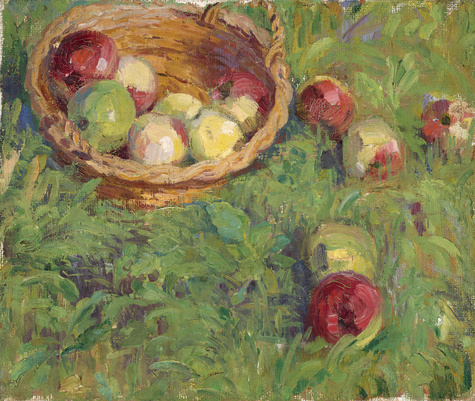
Maria Franck-Marc
Apfelkorb im Gras
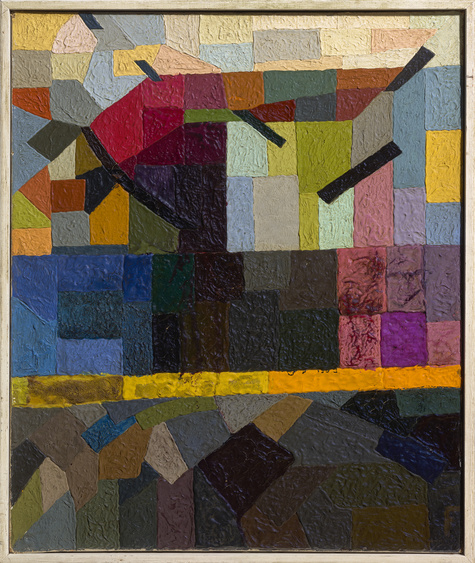
Otto Freundlich
Ein Baum, 1927

Willi Geiger
Der Korpsstudent, 1927

Käte Hoch
Selbstbildnis, 1929

Karl Hubbuch
München, um 1933/1935
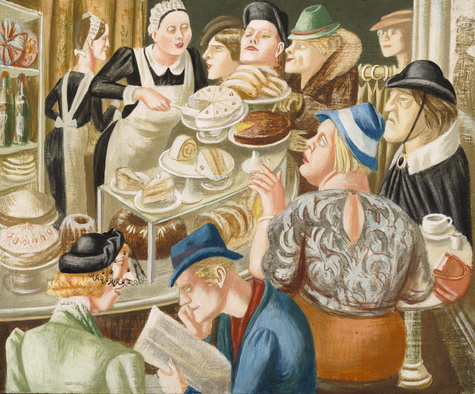
Karl Hubbuch
Die Schleckmäuler, um 1933/35
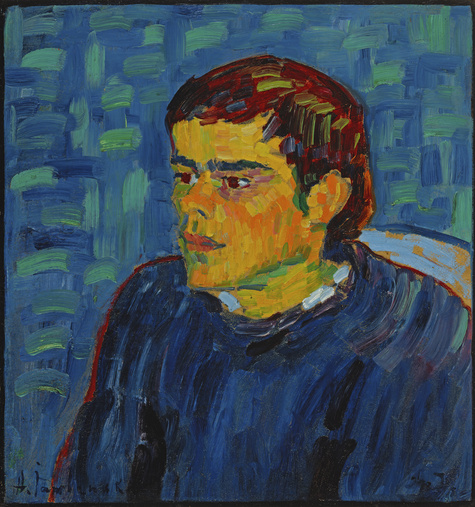
Alexej von Jawlensky
Der Bucklige, 1905

Alexej von Jawlensky
Sommerabend in Murnau, 1908/09

Alexej von Jawlensky
Mystischer Kopf: Meditation, 1918

Alexej von Jawlensky
Meditation 'Das Gebet', 1922

Alexej von Jawlensky
Bildnis des Tänzers Alexander Sacharoff, 1909

Alexej von Jawlensky
Nacht in St. Prex, 1916
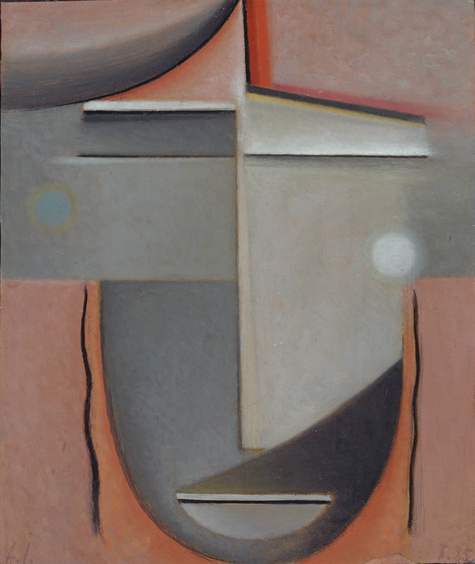
Alexej von Jawlensky
Liebe, 1925

Alexej von Jawlensky
Reife, um 1912

Wassily Kandinsky
Im Walde, 1904
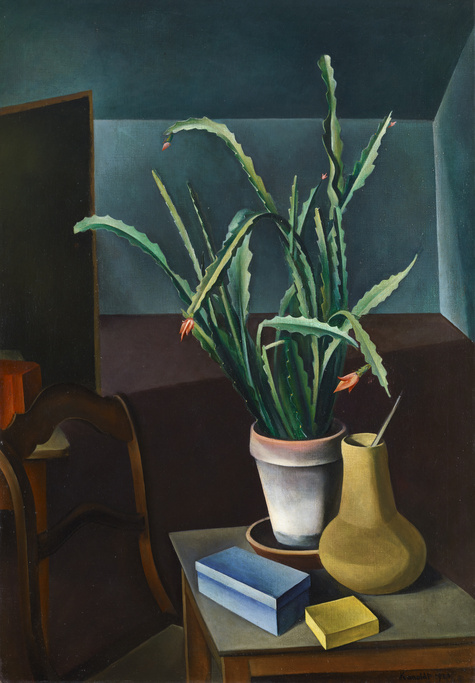
Alexander Kanoldt
Kaktus-Stillleben, 1923

Wassily Kandinsky
Roter Fleck II, 1921

Wassily Kandinsky
Zubovsky Platz, 1916

Wassily Kandinsky
Schwabing – Nikolaiplatz, Winter 1901/1902
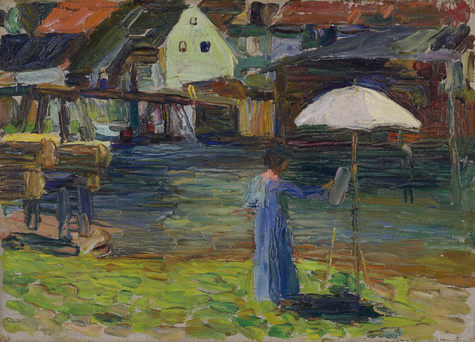
Wassily Kandinsky
Kallmünz – Gabriele Münter beim Malen I, Sommer 1903

Wassily Kandinsky
München – Die Isar, 1901

Wassily Kandinsky
Skizze für Achtyrka – Herbst, 1901

Wassily Kandinsky
Holland – Strandkörbe, Mai/Juni 1904

Wassily Kandinsky
Rapallo – Bucht, Anfang 1906
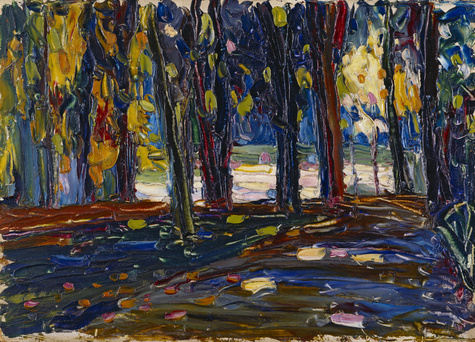
Wassily Kandinsky
Im Park von St. Cloud – Herbst II, 1906
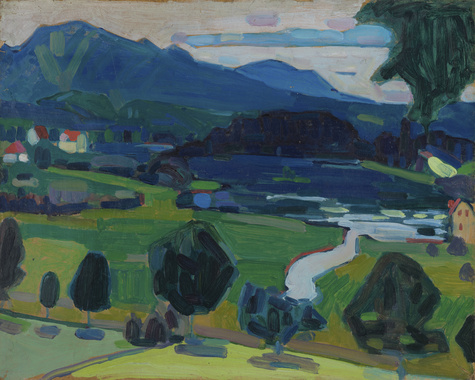
Wassily Kandinsky
Murnau – Blick über den Staffelsee, Sommer 1908

Wassily Kandinsky
Murnau – Grüngasse, 1909

Wassily Kandinsky
Kochel – Friedhof und Pfarrhaus, 1909

Wassily Kandinsky
Kochel – Gerade Straße, 1909

Wassily Kandinsky
Studie für "Winter II", Winter 1910/1911

Wassily Kandinsky
Studie zu "Improvisation Nr. 2 (Trauermarsch)", 1909

Wassily Kandinsky
Berg, 1909

Wassily Kandinsky
Improvisation 6 (Afrikanisches), 1909

Wassily Kandinsky
Allerheiligen II, 1911

Wassily Kandinsky
Entwurf 2 zu Komposition VII, 1913

Wassily Kandinsky
Improvisation 26 (Rudern), 1912

Wassily Kandinsky
Entwurf 3 zu "Komposition VII", November 1913

Wassily Kandinsky
Große Studie zu einem Wandbild für Edwin R. Campbell (Sommer), 1914

Wassily Kandinsky
Improvisation 18 (mit Grabstein), 1911

Wassily Kandinsky
Improvisation 19, 1911

Wassily Kandinsky
Improvisation 21 a, 1911

Wassily Kandinsky
Romantische Landschaft, 1911

Wassily Kandinsky
Improvisation 19 a, 1911

Wassily Kandinsky
Allerheiligen I, 1911

Wassily Kandinsky
St. Georg II, vermutlich Sommer 1911
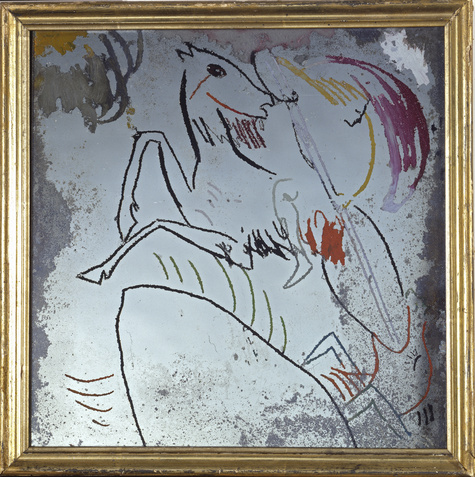
Wassily Kandinsky
St. Georg III, 1911

Wassily Kandinsky
Mit Sonne, 1911
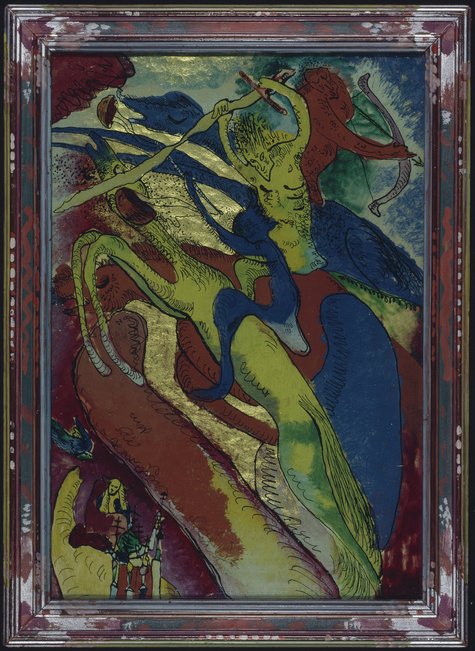
Wassily Kandinsky
Apokalyptische Reiter I, 1911

Wassily Kandinsky
Große Auferstehung, Frühsommer 1911

Wassily Kandinsky
Heiliger Wladimir, Juni 1911

Wassily Kandinsky
Blick auf Moskau, vermutlich 1915

Wassily Kandinsky
Bergige Landschaft mit See, um 1902

Wassily Kandinsky
Bei Starnberg – Winter, Winter 1901/02

Wassily Kandinsky
Rapallo – Meereslandschaft mit Dampfer, 1906

Wassily Kandinsky
Karthago, 1905

Wassily Kandinsky
Blick von Hotel St. Georges, Tunis, 1905

Wassily Kandinsky
Phantasievogel und schwarzer Panther, Juni 1911

Wassily Kandinsky
Der heilige Gabriel, 1911

Wassily Kandinsky
Dame in Moskau, 1912

Wassily Kandinsky
Glasbild mit rotem Fleck, um 1913

Alexander Kanoldt
Steinwüste, 1911

Wassily Kandinsky
Herbststudie, vermutlich aus Oberau, 1908

Wassily Kandinsky
Murnau – Studie für "Landschaft mit Baumstamm", 1908

Wassily Kandinsky
Kochel – Verschneite Bäume, 1909

Wassily Kandinsky
Murnau – Landschaft mit Regenbogen, 1909

Wassily Kandinsky
Notizbuch: Ornamente und Schmuck, 1904

Wassily Kandinsky
Reisiger Ritter, 1902/03

Wassily Kandinsky
Unbenannte Improvisation, 1914

Wassily Kandinsky
Roter Fleck (Nächtlich), 1913/1914

Wassily Kandinsky
Kleine Welten IV, 1922

Paul Klee
Stadt R, 1919, 205
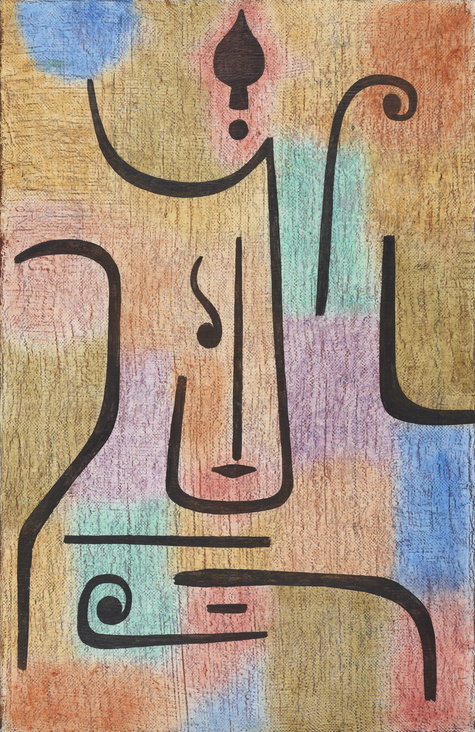
Paul Klee
Erzengel, 1938, 82 (G 2)
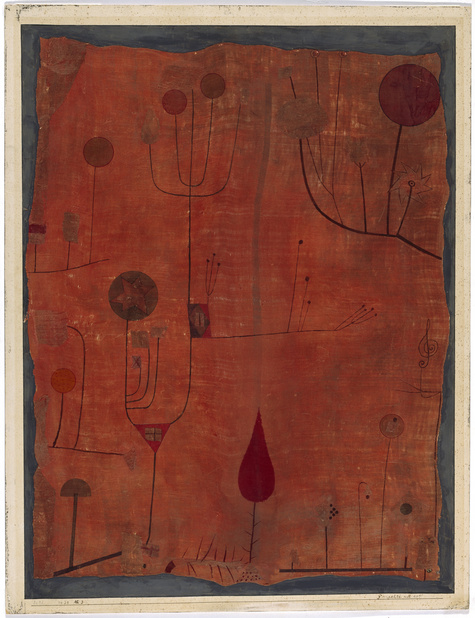
Paul Klee
Früchte auf Rot, 1930, 263 (AE 3)
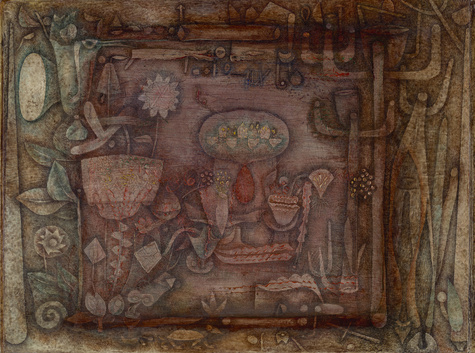
Paul Klee
Botanisches Theater, 1934, 219 (U19)
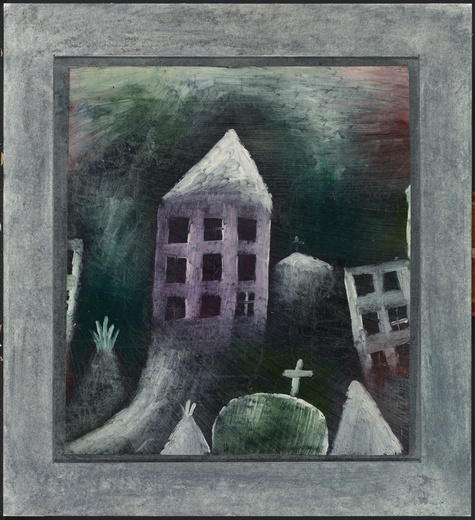
Paul Klee
Zerstörter Ort, 1920, 215

Paul Klee
Rausch, 1939, 341 (Y 1)

Paul Klee
Rosengarten, 1920, 44

Paul Klee
Zwei Statuen, 1908, 24 (B)

Paul Klee
Bestie, ihr Junges säugend, 1906, 13 (A)

Moissey Kogan
Zwei weibliche Akte, Medaille, um 1910

Moissey Kogan
Stehende mit erhobenem linken Arm und rechtem vor dem Bauch, um 1910

Moissey Kogan
Das Goldene Zeitalter, Um 1908/09

Moissey Kogan
Zwei stehende Akte / Zwei Frauen I, Um 1910/11

Moissey Kogan
Tanzender weiblicher Akt

Moissey Kogan
Medaille der Neuen Künstlervereinigung München, 1910

Moissey Kogan
Der Rhythmus, Medaille, um 1908/09

Moissey Kogan
Drei Grazien im Rund, ca. 1912

Moissey Kogan
Zwei Tänzerinnen

Moissey Kogan
Tänzerin

Moissey Kogan
Weiblicher Kopf

Adriaan Korteweg
Komposition, 1913/14

Adriaan Korteweg
Aufbruch, 1914

Adriaan Korteweg
Laokoon, 1914

Else Lasker-Schüler
Theben mit Jussuf, 1923

Else Lasker-Schüler
Jussuf und sein treuer Bruder Bulus im Tempel, 1923
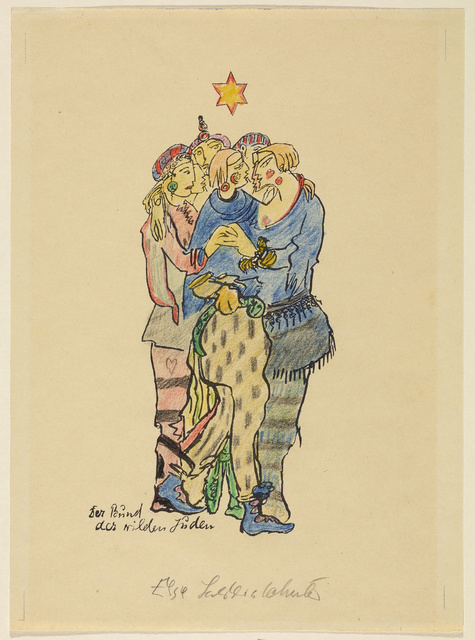
Else Lasker-Schüler
Der Bund der wilden Juden, 1923

Rudolf Levy
Blumenstillleben, 1942

August Macke
Türkisches Café, 1914

August Macke
Zoologischer Garten I, 1912

August Macke
Kinder mit Ziege, 1913

August Macke
Unsere Straße in Grau, 1911

August Macke
Im Zirkus, 1911

Helmuth Macke
Infanterie, um 1914/15

August Macke
Zwei Mädchen in Landschaft, 1911

August Macke
Tegernseer Bauernjunge, 1910

August Macke
Morgenstimmung am Tegernsee, 1910

August Macke
Rheinbrücke am Abend, 1906
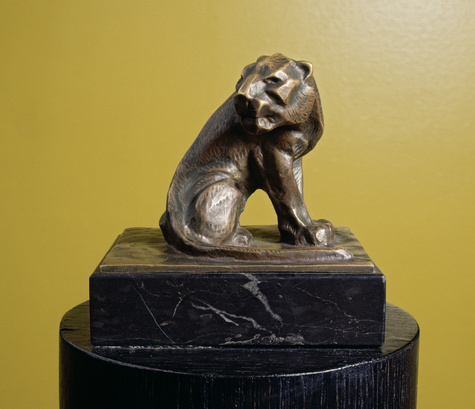
Franz Marc
Der Panther, 1908

Franz Marc
Weidende Pferde I, 1910

Franz Marc
Blaues Pferd I, 1911
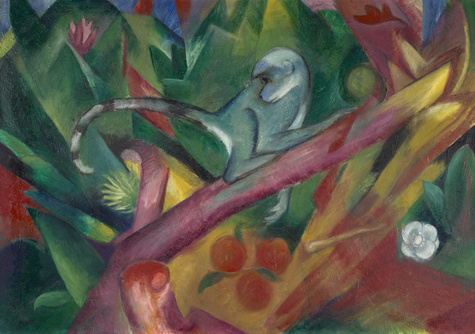
Franz Marc
Das Äffchen, 1912

Franz Marc
Vögel, 1914
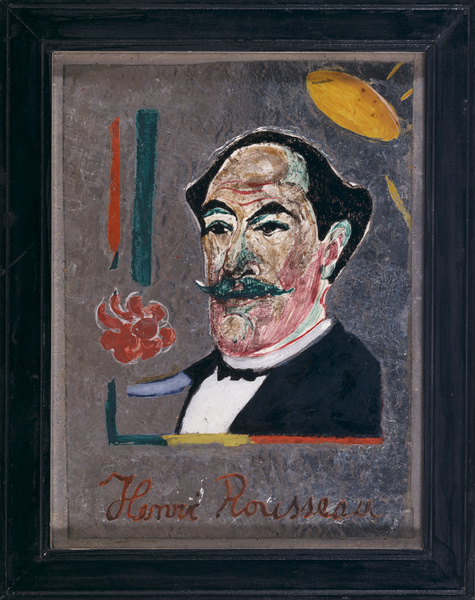
Franz Marc
Bildnis Henri Rousseau, 1911

Franz Marc
Schlüssellochbeschlag in Form eines Schwertstichblattes (Adam und Eva), 1910

Franz Marc
Schlüssellochbeschlag: Panther, ein Pferd schlagend , 1910

Franz Marc
Eichbäumchen, 1909

Franz Marc
Äffchen und Mensch, um 1912

Franz Marc
Mörser und Stößel, 1910

Franz Marc
Gürtelschließe (Löwin, von Pfeil durchbohrt), 1909/10

Franz Marc
Springender Hund 'Schlick', 1908

Franz Marc
Staffelalm (II) mit Schafen, 1902

Franz Marc
Hüterbub, 1902
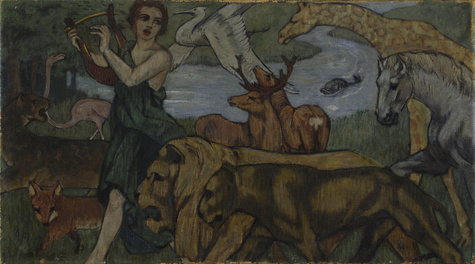
Franz Marc
Orpheus bei den Tieren, Entwurf zu einem Gobelin, Um 1907/09

Franz Marc
Knabe mit Schlitten in Winterlandschaft, um 1902

Franz Marc
Bemalte Kinderkommode, 1910/11

Franz Marc
Tasse

Franz Marc
Abstrakte Komposition, 1913 - 14
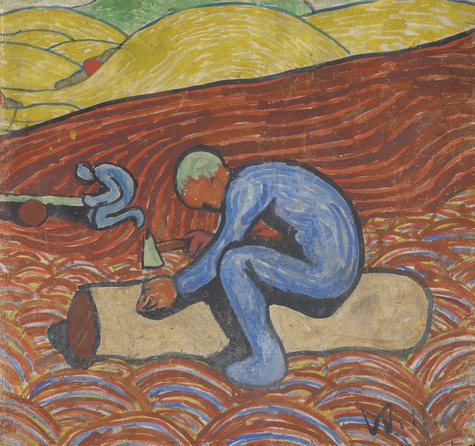
Wilhelm Morgner
Die Holzarbeiter, 1911

Gabriele Münter
Spreufuhren, 1910/11

Gabriele Münter
Kandinsky beim Landschaftsmalen, 1903

Gabriele Münter
Allee im Park von Saint-Cloud, 1906

Gabriele Münter
Äpfel und Narzissen, 1909

Gabriele Münter
Blick aufs Murnauer Moos, 1908
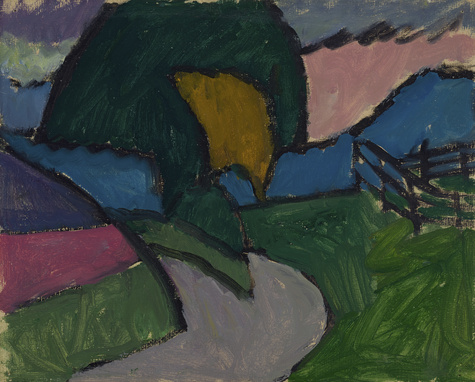
Gabriele Münter
Herbstlich, 1910

Gabriele Münter
Votivbild, um 1908/09
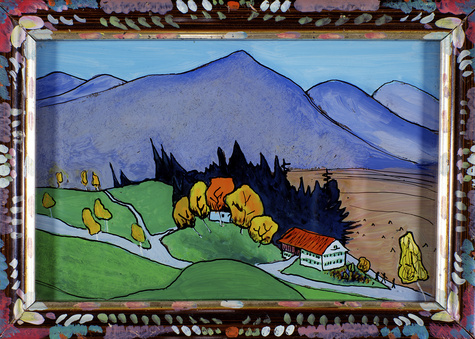
Gabriele Münter
Bayerische Landschaft mit Einödhof, um 1910

Gabriele Münter
Plakat für die Gabriele Münter-Ausstellung Kopenhagen, 1918

Gabriele Münter
Sigrid Hjertén und Isaac Grünewald mit ihrem Sohn Ivan, Stockholm, 1915

Gabriele Münter
Baumblüte in Lana, 1908

Gabriele Münter
Landschaft bei Tunis, 1906

Gabriele Münter
Die Hl. Theresia, um 1908/09

Gabriele Münter
Studie mit weißen Flecken, 1912

Gabriele Münter
Entwurf zu Plakat für die Gabriele-Münter-Ausstellung, Kopenhagen, 1918

Gabriele Münter
Glaspokal, um 1910

Otto Nückel
Begräbnis, 1928/29

Georgia O'Keeffe
Series I, No. 4, 1918

Georgia O'Keeffe
Series I, No. 8, 1919
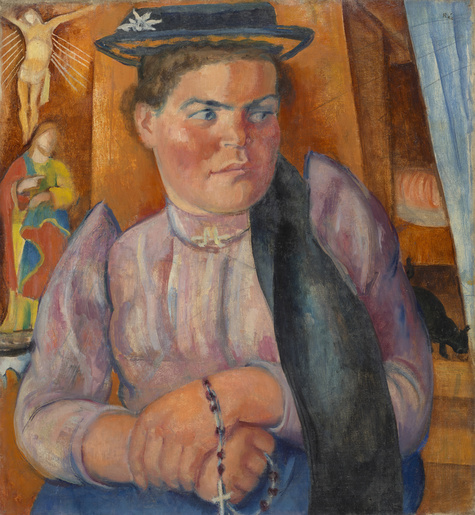
Anita Rée
Tiroler Bäuerin, 1921
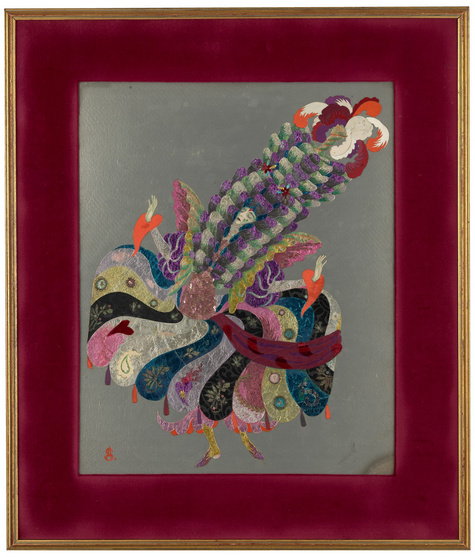
Alexander Sacharoff
Pavane Fantastique, um 1916/17

Alexander Sacharoff
Figurine (Kostümentwurf für Clotilde von Derp-Sacharoff in 'Prélude' von Skriabin), 1930

Alexander Sacharoff
Clotilde von Derp-Sacharoff als 'Isis', 1923

Alexander Sacharoff
Skizzenbuch

Rudolf Schlichter
Helene Weigel, 1928

Rudolf Schlichter
Bertolt Brecht, um 1926

Georg Schrimpf
Stillleben, 1929

Josef Scharl
Gefallener Soldat, 1932

Josef Scharl
Drei Korporierte (Larven), 1925

Georg Schrimpf
Frau mit Esel, 1918

Georg Schrimpf
Hedwig Schrimpf, die zweite Frau des Künstlers, 1922

Christian Schad
Operation, 1929

Josef Scharl
Armenlese – Kartoffelernte, 1931

Rudolf Schlichter
Bildnis eines zweijährigen Mädchens, 1932
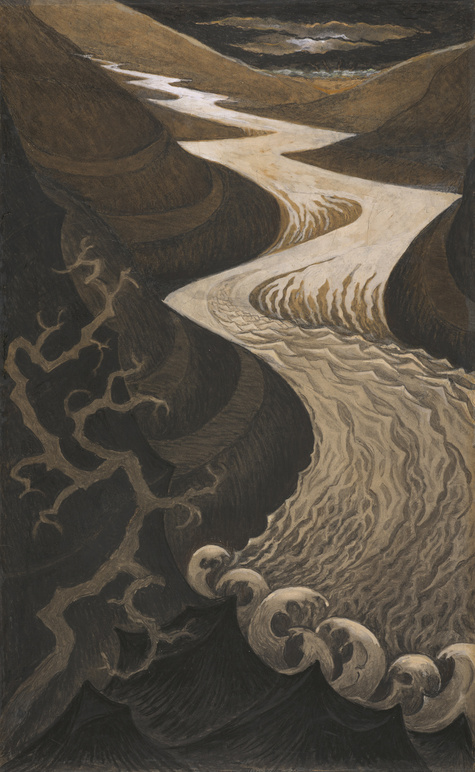
Hans Schmithals
Gletscherbach (Wiederholung der Fassung von 1902), um 1960

Carl Strathmann
Der Paradiesbaum mit Schlange, um 1900

Carl Strathmann
Der verlorene Handschuh, um 1897

Franz von Stuck
Tänzerin
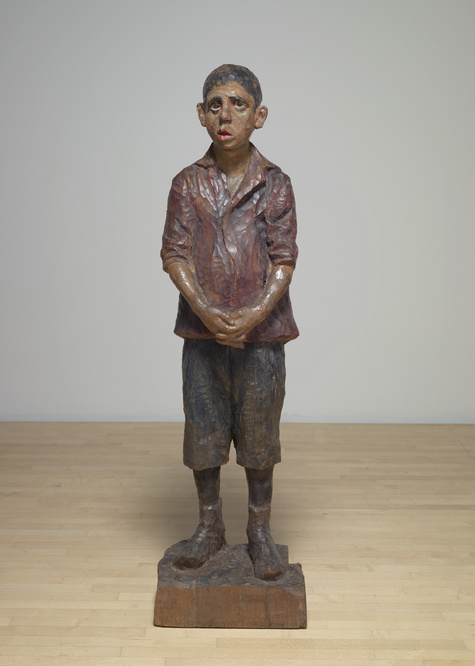
Christoph Voll
Joseph, 1923/24

Marianne von Werefkin
Im Hause Chrustovs bei St. Prex, 1917/18

Marianne von Werefkin
Prerowstrom, 1911

Marianne von Werefkin
Wäscherinnen, um 1909

Marianne von Werefkin
Zwei Ostereier
Installation views
- Installation Shot, "The Blue Rider. A new language", Lenbachhaus, 2024. Photo: Simone Gänsheimer, Lenbachhaus
- Installation Shot, "The Blue Rider. A new language", Lenbachhaus, 2024. Photo: Simone Gänsheimer, Lenbachhaus
- Installation Shot, "The Blue Rider. A new language", Lenbachhaus, 2024. Photo: Simone Gänsheimer, Lenbachhaus
- Installation Shot, "The Blue Rider. A new language", Lenbachhaus, 2024. Photo: Ernst Jank, Lenbachhaus
- Installation Shot, "The Blue Rider. A new language", Lenbachhaus, 2024. Photo: Simone Gänsheimer, Lenbachhaus
- Installation Shot, "The Blue Rider. A new language", Lenbachhaus, 2024. Photo: Ernst Jank, Lenbachhaus
- Installation Shot, "The Blue Rider. A new language", Lenbachhaus, 2024. Photo: Lukas Schramm, Lenbachhaus
- Installation Shot, "The Blue Rider. A new language", Lenbachhaus, 2024. Photo: Ernst Jank, Lenbachhaus


